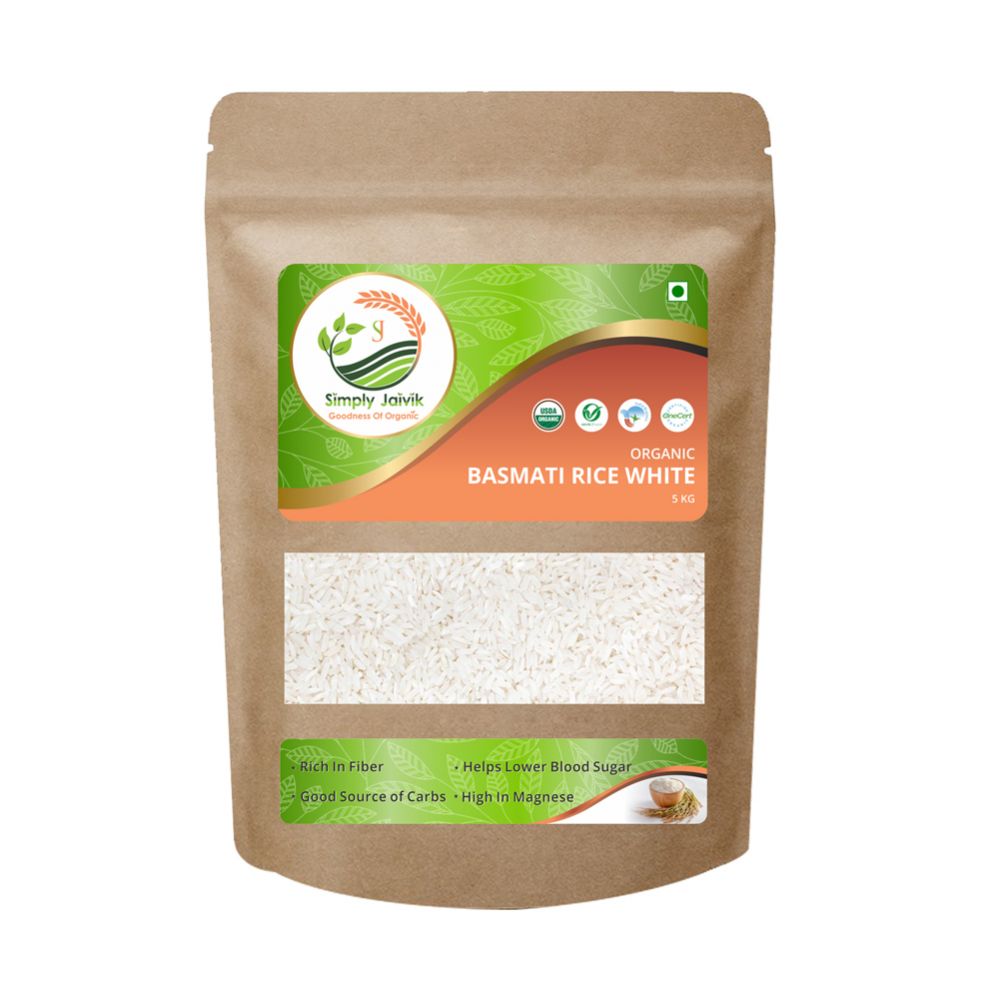





Organic Basmati White Rice
Organic Basmati White Rice, Organic Rice, Grocery, Organic Brown Rice, Organic Rice,Organic Rice,Rice, Brown Rice, Certified Organic Rice, Chemical Free Rice, Grocery, Organic Grocery, Chemical Free Grocery,Organic Grains,
₹ 290.00 - ₹ 1,399.00
KG
Basmati comes from ‘Bas” in the Hindi language means ‘aroma’ and ‘Mati’ means ‘full of’ hence the word means full of aroma. It is different from other varieties of rice due to its aroma and elongation post-cooling that is almost twice the original length. Best Basmati chawal is produced in Himalayan foothills. The earliest remains of cultivated rice in the sub-continent have been found in the north and west and date from around 2000 BC. Some say that the word rice is derived from the Tamil word arisi. In India there is a saying that grains of rice should be like two brothers, close but not stuck together.
Rice or chawal is often directly associated with prosperity and fertility; hence there is the custom of throwing rice at newlyweds. In India, rice is always the first food offered to the babies when they start eating solids or to the husband by his new bride, to ensure they will have children. Typically, basmati becomes richer in its aroma, flavour and fluffiness as it ages. It can be stored well up to 10 years.
Basmati rice is non-sticky unlike other rice varieties owing to its amylose content. One cup of basmati chawal contains about 200 calories and is almost completely fat-free. It provides about 15 per cent of the recommended daily intake of carbohydrates and 4.3 grams of protein.
Rice is a complex carbohydrate, an important part of the human diet, used to fuel the body. Complex carbohydrates are stored in muscles and released as energy when needed. Nutritionists recommend that over half the calories we consume should come from complex carbohydrates.
Rice protein, when compared to that of other grains, is considered one of the highest quality proteins. It has all eight of the essential amino acids, the necessary building blocks for strong muscles. Rice is also a good source of other essential nutrients - thiamin, riboflavin, niacin, phosphorus, iron, and potassium. It has no fat, no cholesterol and no sodium.
0 Reviews For this Product

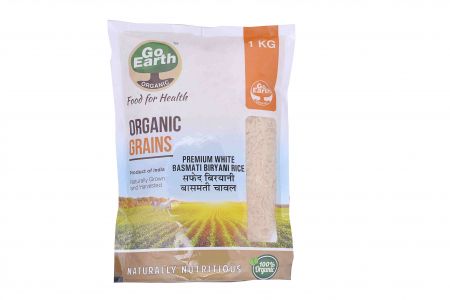
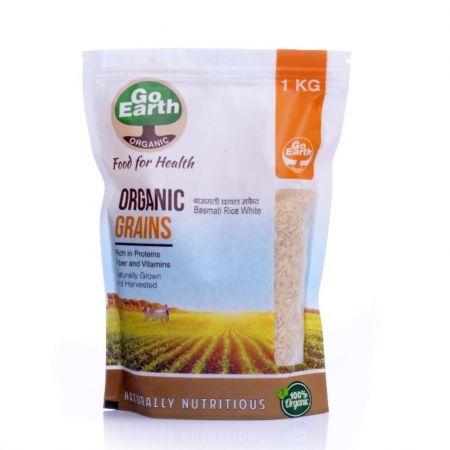

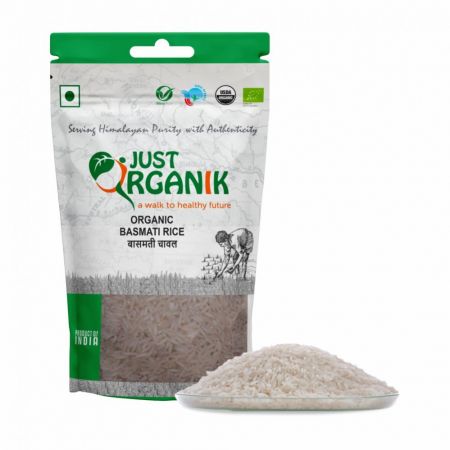

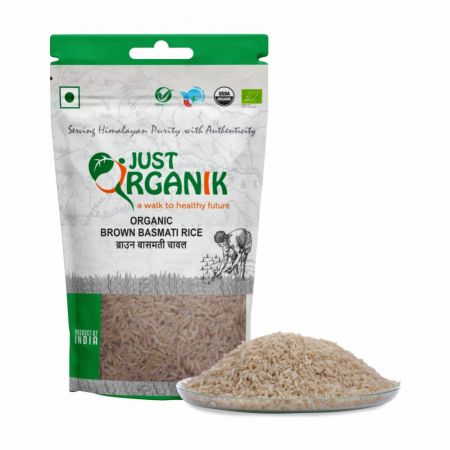





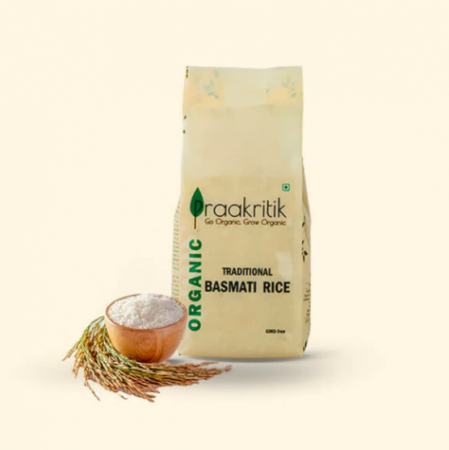
.png)